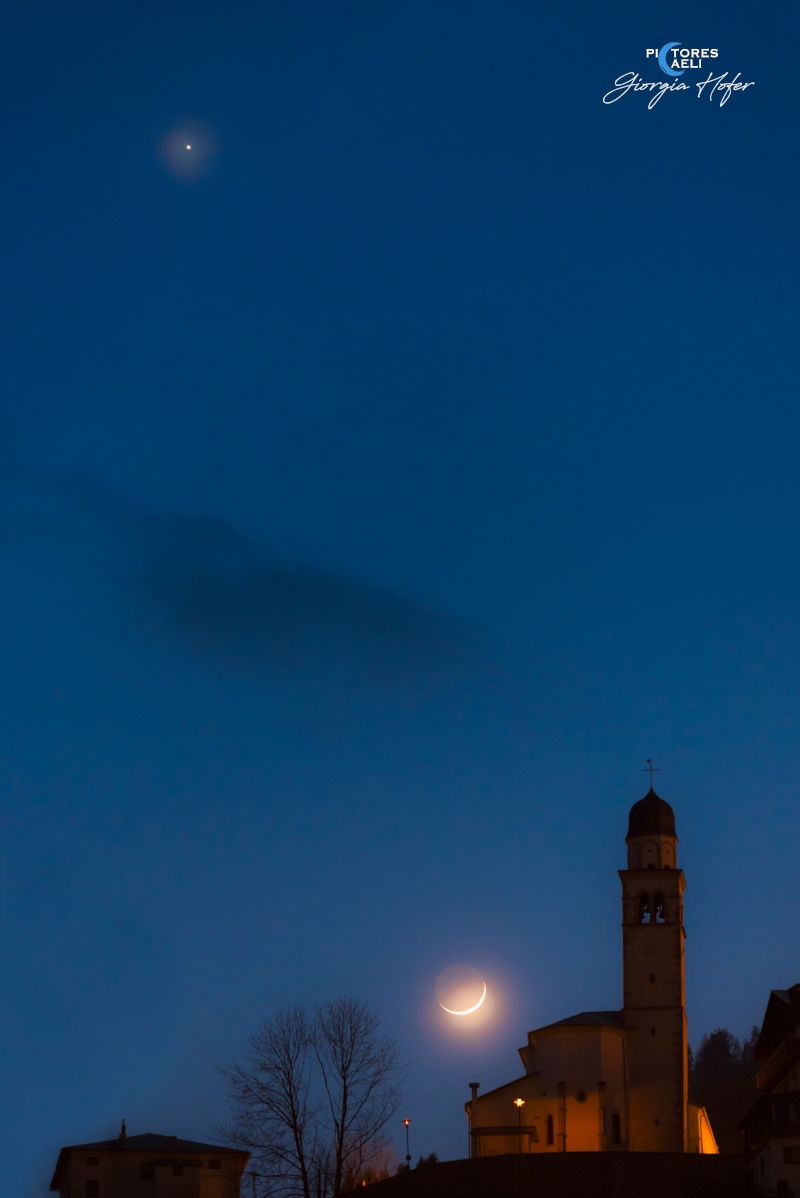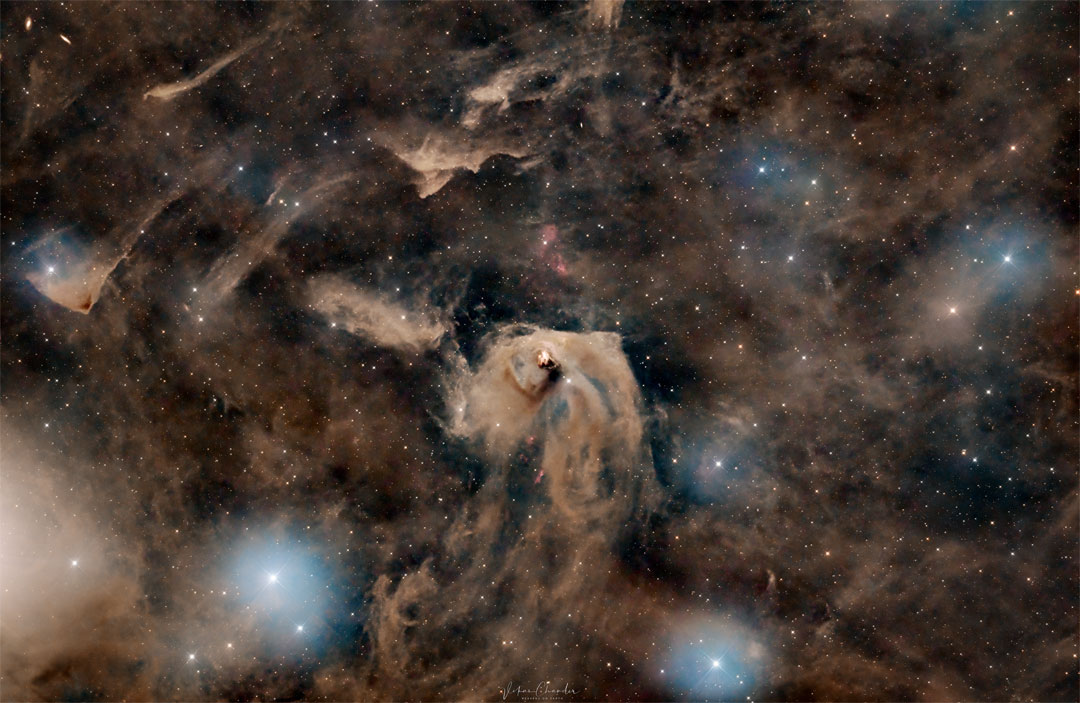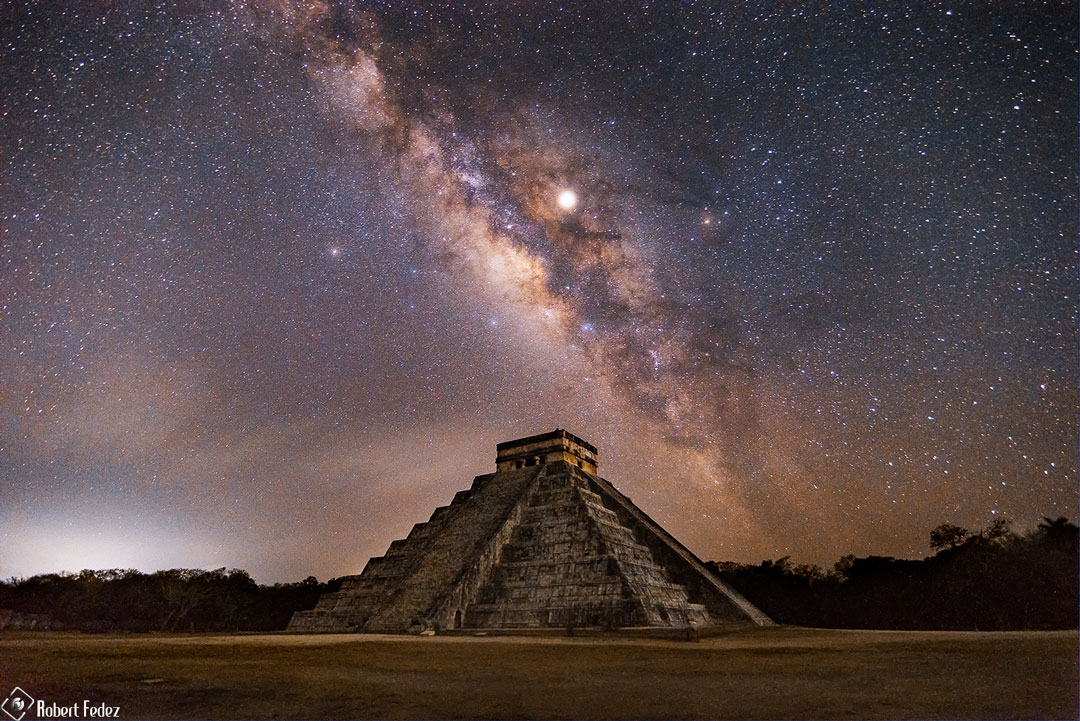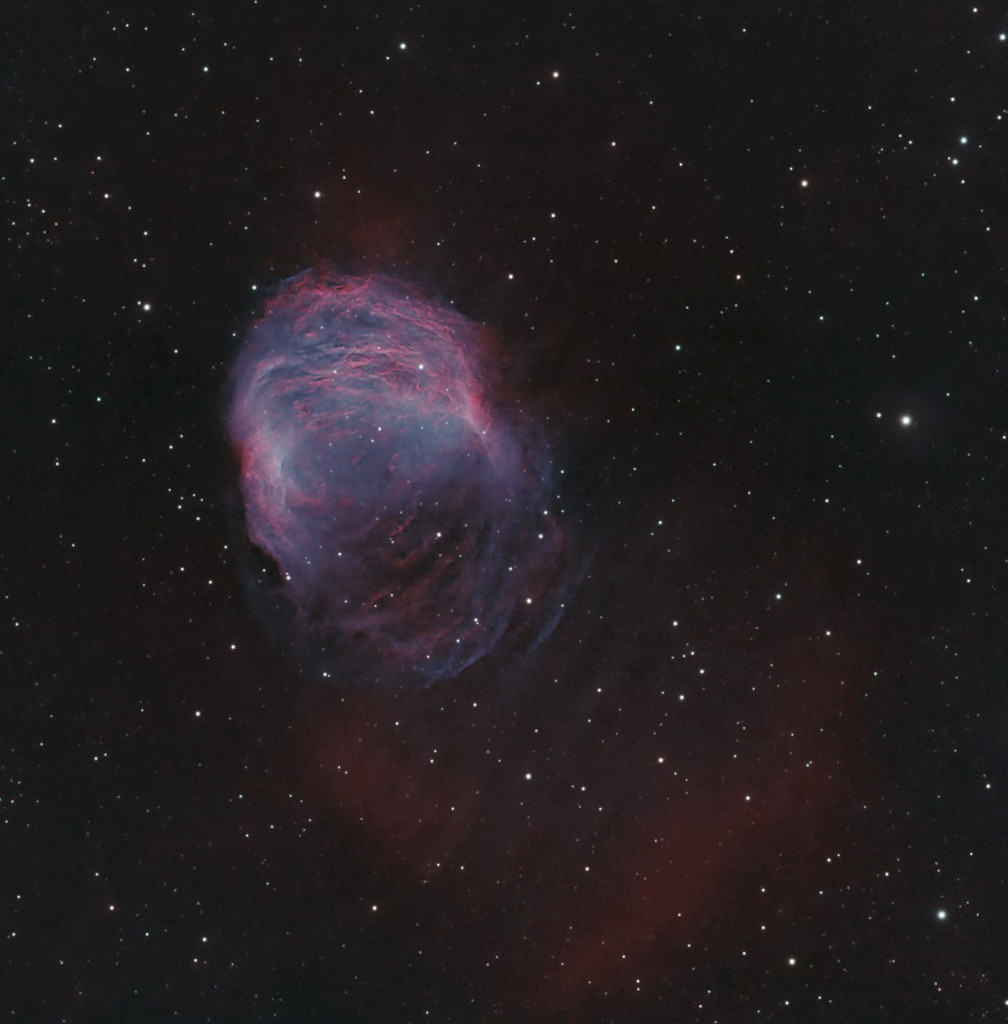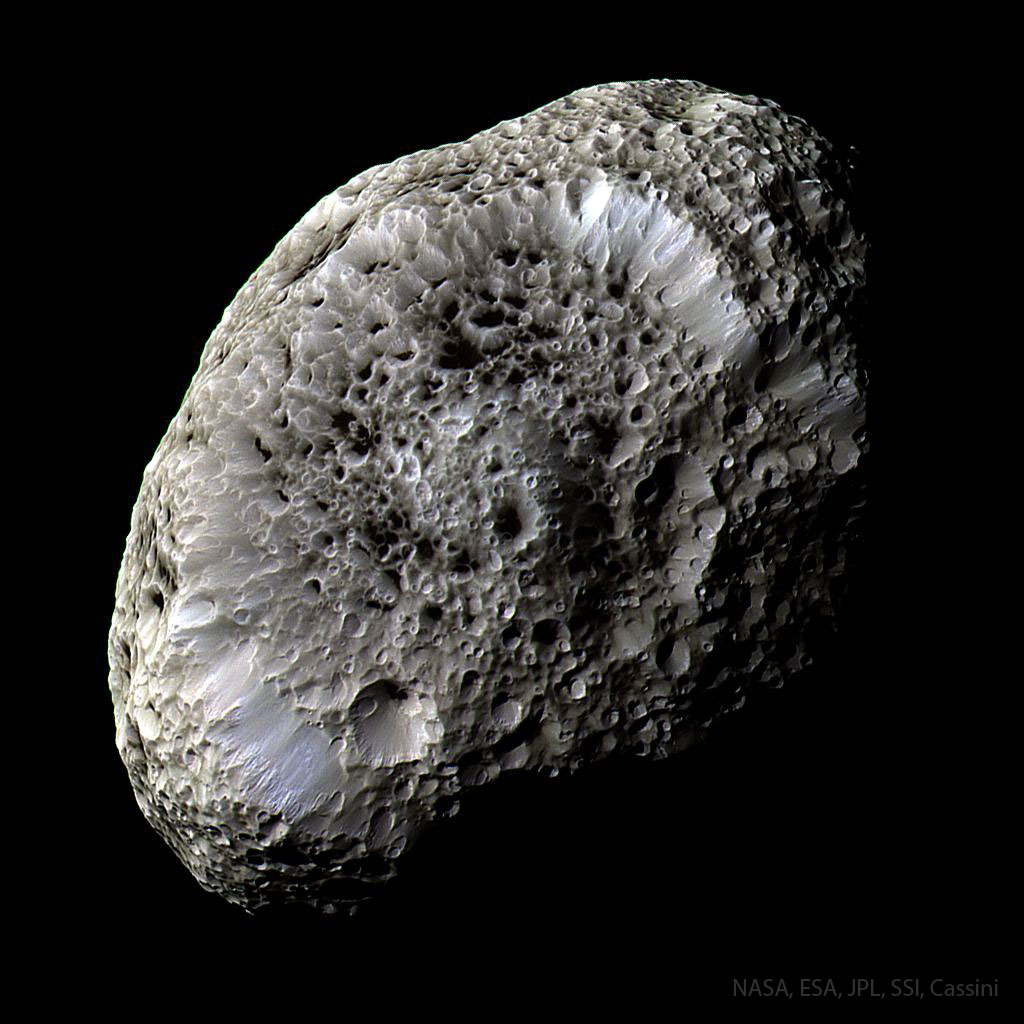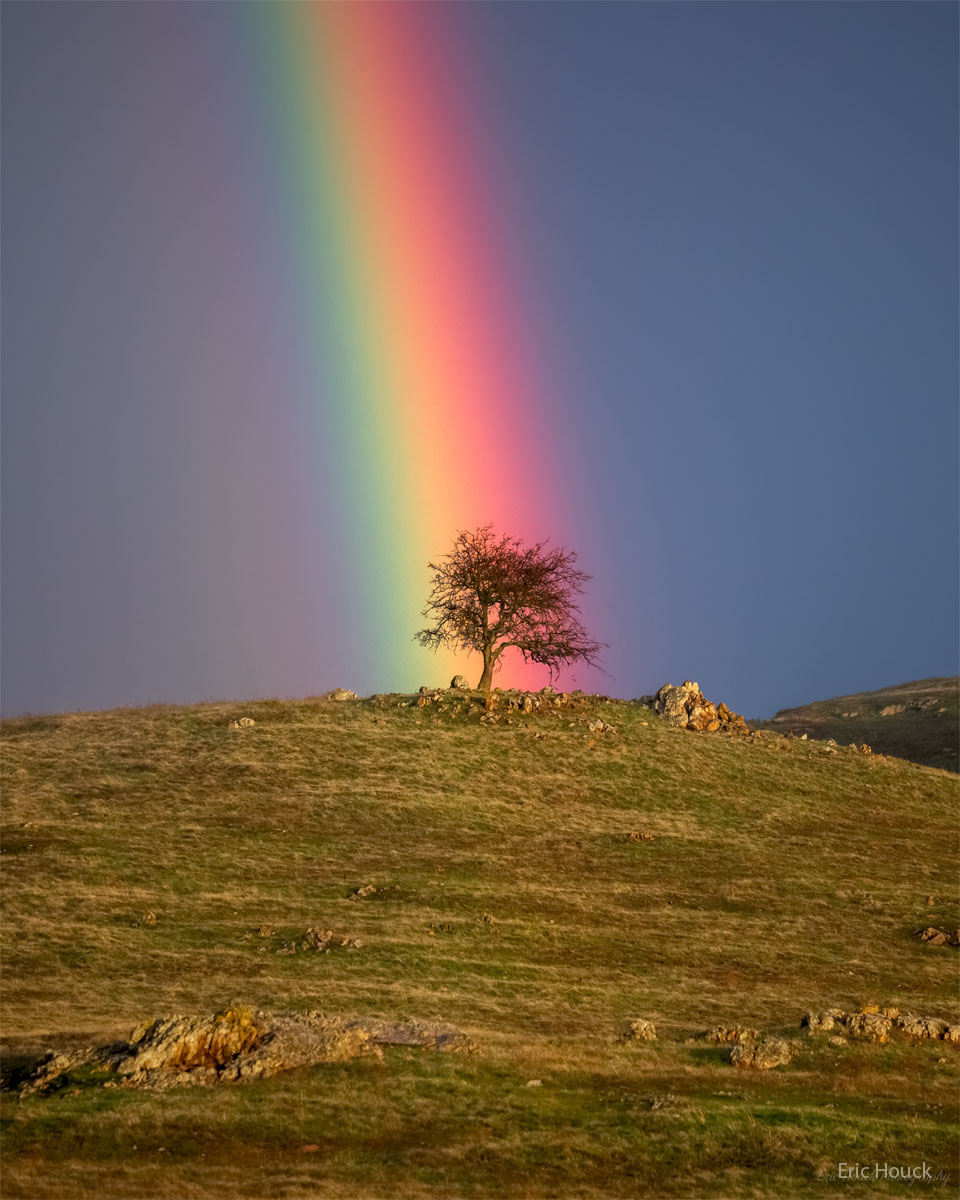Nombre total de pages vues
26/03/2023
ACTIVITE SOLAIRE : Une tempête de très grande amplitude
ASTRONOMY - Wanderers
2023 March 26
Video Credit: Visuals: Erik Wernquist; Music: Christian Sandquist; Words & Voice: Carl Sagan
Explanation: How far out will humanity explore? If this video's fusion of real space imagery and fictional space visualizations is on the right track, then at least the Solar System. Some of the video's wondrous sequences depict future humans drifting through the rings of Saturn, exploring Jupiter from a nearby spacecraft, and jumping off a high cliff in the low gravity of a moon of Uranus. Although no one can know the future, wandering and exploring beyond boundaries -- both physical and intellectual -- is part of the human spirit and has frequently served humanity well in the past.
25/03/2023
ASTRONOMY - Venus and the Da Vinci Glow
2023 March 25
Image Credit & Copyright: Giorgia Hofer
Explanation: On March 23 early evening skygazers could watch Venus and a young crescent moon, both near the western horizon. On that date Earth's brilliant evening star, faint lunar night side and slender sunlit crescent were captured in this telephoto skyscape posing alongside a church tower from Danta di Cadore, Dolomiti, Italy. Of course the subtle lunar illumination is earthshine, earthlight reflected from the Moon's night side. A description of earthshine, in terms of sunlight reflected by Earth's oceans illuminating the Moon's dark surface, was written over 500 years ago by Leonardo da Vinci. On March 24, from some locations the Moon could be seen to occult or pass in front of Venus. Around the planet tonight, a waxing lunar crescent will appear near the Pleiades star cluster.
21/03/2023
ASTRONOMY - Dark Nebulae and Star Formation in Taurus
2023 March 21
Image Credit & Copyright: Vikas Chander
Explanation: Can dust be beautiful? Yes, and it can also be useful. The Taurus molecular cloud has several bright stars, but it is the dark dust that really draws attention. The pervasive dust has waves and ripples and makes picturesque dust bunnies, but perhaps more importantly, it marks regions where interstellar gas is dense enough to gravitationally contract to form stars. In the image center is a light cloud lit by neighboring stars that is home not only to a famous nebula, but to a very young and massive famous star. Both the star, T Tauri, and the nebula, Hind's Variable Nebula, are seen to vary dramatically in brightness -- but not necessarily at the same time, adding to the mystery of this intriguing region. T Tauri and similar stars are now generally recognized to be Sun-like stars that are less than a few million years old and so still in the early stages of formation. The featured image spans about four degrees not far from the Pleiades star cluster, while the featured dust field lies about 400 light-years away.
20/03/2023
ASTRONOMY - M1: The Expanding Crab Nebula
2023 March 20
Video Credit & Copyright: Detlef Hartmann
Explanation: Are your eyes good enough to see the Crab Nebula expand? The Crab Nebula is cataloged as M1, the first on Charles Messier's famous list of things which are not comets. In fact, the Crab is now known to be a supernova remnant, an expanding cloud of debris from the explosion of a massive star. The violent birth of the Crab was witnessed by astronomers in the year 1054. Roughly 10 light-years across today, the nebula is still expanding at a rate of over 1,000 kilometers per second. Over the past decade, its expansion has been documented in this stunning time-lapse movie. In each year from 2008 to 2022, an image was produced with the same telescope and camera from a remote observatory in Austria. The sharp, processed frames even reveal the dynamic energetic emission surrounding the rapidly spinning pulsar at the center. The Crab Nebula lies about 6,500 light-years away toward the constellation of the Bull (Taurus).
19/03/2023
ASTRONOMY - Equinox at the Pyramid of the Feathered Serpent
2023 March 19
Image Credit & Copyright: Robert Fedez
Explanation: To see the feathered serpent descend the Mayan pyramid requires exquisite timing. You must visit El Castillo -- in Mexico's Yucatán Peninsula -- near an equinox. Then, during the late afternoon if the sky is clear, the pyramid's own shadows create triangles that merge into the famous illusion of a slithering viper. Also known as the Temple of Kukulkan, the impressive step-pyramid stands 30 meters tall and 55 meters wide at the base. Built up as a series of square terraces by the pre-Columbian civilization between the 9th and 12th century, the structure can be used as a calendar and is noted for astronomical alignments. The featured composite image was captured in 2019 with Jupiter and Saturn straddling the diagonal central band of our Milky Way galaxy. Tomorrow marks another equinox -- not only at Temple of Kukulcán, but all over planet Earth.
ASTRONOMIE - Vénus flirte avec le fin croissant de Lune au crépuscule
Cette attrayante rencontre est à admirer tout au long de la soirée du 24 mars 2023.
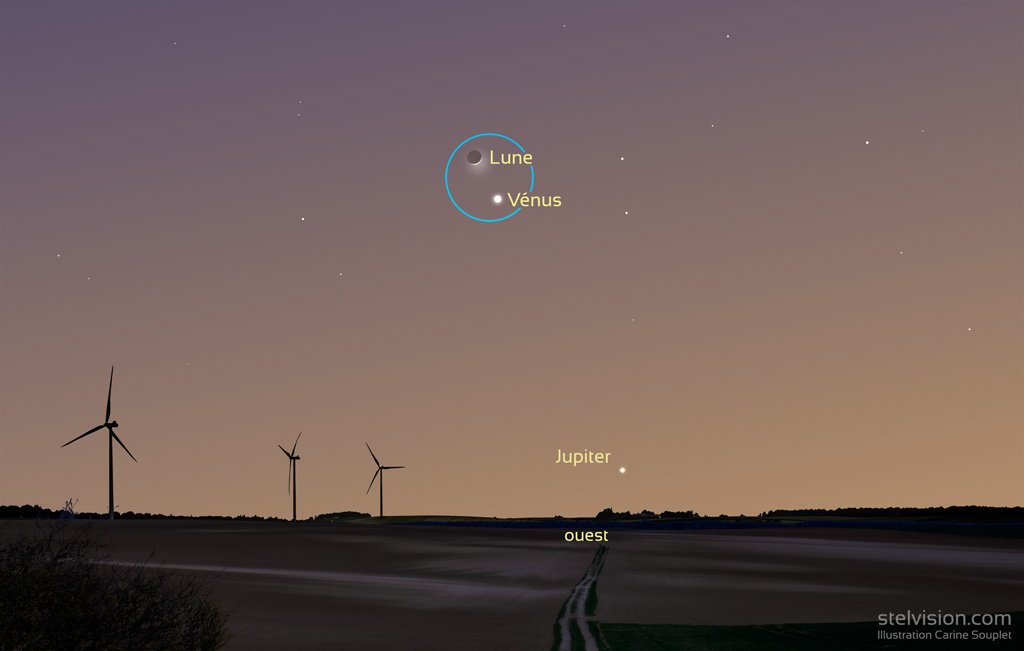
17/03/2023
ASTRONOMY - The Medusa Nebula
023 March 17
Image Credit & Copyright: Martin Bradley Chesterfield Astronomical Society
Explanation: Braided and serpentine filaments of glowing gas suggest this nebula's popular name, The Medusa Nebula. Also known as Abell 21, this Medusa is an old planetary nebula some 1,500 light-years away in the constellation Gemini. Like its mythological namesake, the nebula is associated with a dramatic transformation. The planetary nebula phase represents a final stage in the evolution of low mass stars like the sun as they transform themselves from red giants to hot white dwarf stars and in the process shrug off their outer layers. Ultraviolet radiation from the hot star powers the nebular glow. The Medusa's transforming star is the faint one near the center of the overall bright crescent shape. In this deep telescopic view, fainter filaments clearly extend below and right of the bright crescent region. The Medusa Nebula is estimated to be over 4 light-years across.
16/03/2023
ASTRONOMY - Saturn's Hyperion: A Moon with Odd Craters
2023 March 12
Image Credit: NASA, ESA, JPL, SSI, Cassini Imaging Team
Explanation: What lies at the bottom of Hyperion's strange craters? To help find out, the robot Cassini spacecraft that once orbited Saturn swooped past the sponge-textured moon and took images of unprecedented detail. A six-image mosaic from the 2005 pass, featured here in scientifically assigned colors, shows a remarkable world strewn with strange craters and an odd, sponge-like surface. At the bottom of most craters lies some type of unknown dark reddish material. This material appears similar to that covering part of another of Saturn's moons, Iapetus, and might sink into the ice moon as it better absorbs warming sunlight. Hyperion is about 250 kilometers across, rotates chaotically, and has a density so low that it likely houses a vast system of caverns inside.
13/03/2023
ASTRONOMY - Rainbow Tree
2023 March 13
Image Credit & Copyright: Eric Houck
Explanation: What lies at the end of a rainbow? Something different for everyone. For the photographer taking this picture, for example, one end of the rainbow ended at a tree. Others nearby, though, would likely see the rainbow end somewhere else. The reason is because a rainbow's position depends on the observer. The center of a rainbow always appears in the direction opposite the Sun, but that direction lines up differently on the horizon from different locations. This rainbow's arc indicates that its center is about 40 degrees to the left and slightly below the horizon, while the Sun is well behind the camera and just above the horizon. Reflections and refractions of sunlight from raindrops in a distant storm in the direction of the rainbow are what causes the colorful bands of light. This single exposure image was captured in early January near Knight's Ferry, California, USA.
SANTé/MEDECINE - CANCER - 12 AVANCEES REVOLUTIONNAIRES - 7. Des biopsies liquides et synthétiques moins invasives et plus rapides
Les biopsies classiques nécessitent le prélèvement de tissu, souvent par chirurgie. Aujourd’hui, la biopsie liquide offre une alternative pl...

-
2022 September 26 All the Water on Planet Earth Illustration Credit: Jack Cook, Adam Nieman, Woods Hole Oceanographic Institution ; Data ...
-
2025 May 11 The Surface of Venus from Venera 14 Image Credit: Soviet Planetary Exploration Program , Venera 14 ; Processing & Copyri...


